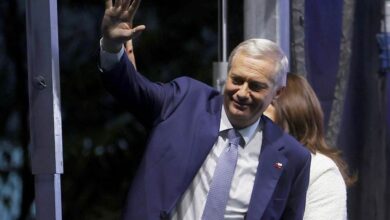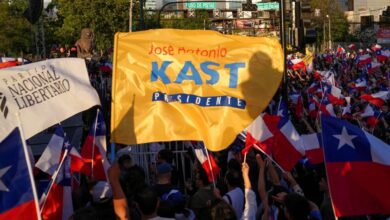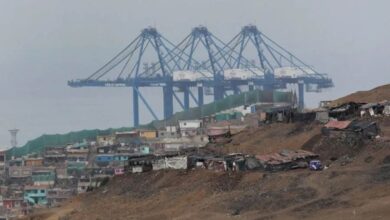Peru’s Generation on Edge: José Jerí’s Promise of Order Meets a Street That Won’t Be Silenced
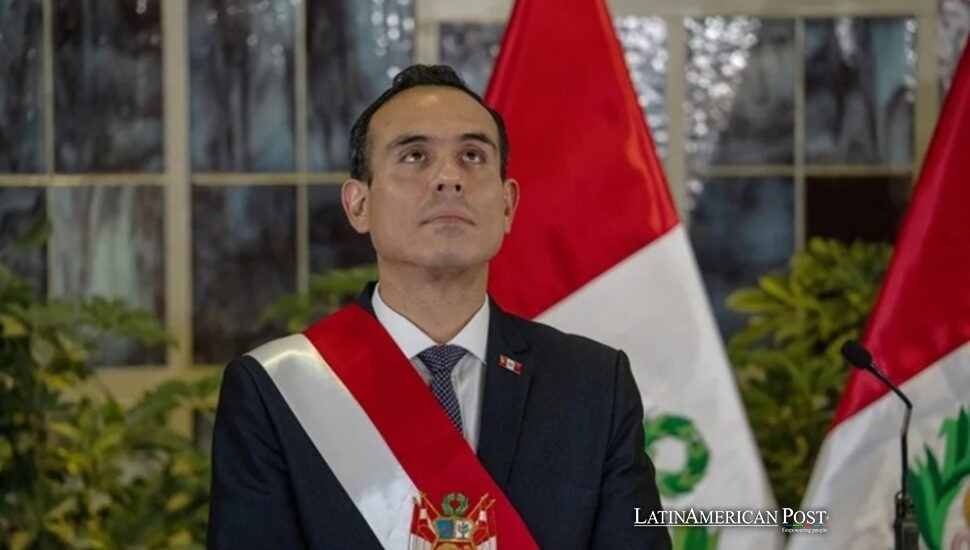
After the death of a young protester in Lima, Peru’s new president, José Jerí, faces a revolt that feels both generational and inevitable. He vows stability; Gen Z organizers answer with TikTok megaphones, street chants, and memories of state violence that refuse to fade.
One Death, Many Fault Lines
In Peru, a single gunshot rarely ends a story—it usually begins the next one. Prosecutors say 32-year-old hip-hop artist Eduardo Ruíz was killed by gunfire during a mass protest of thousands in Lima. His death is now under investigation for “serious human rights violations,” authorities told the AP.
Video clips show Ruíz collapsing after a man—apparently fleeing angry protesters—turned and fired once before running. Witnesses said the musician had been accused of being an undercover officer planted in the crowd. By nightfall, the confrontation had spiraled: nearly 100 people were injured, including 80 police officers and 10 journalists, according to officials. The National Association of Journalists reported that six reporters were hit with pellets and four assaulted by police.
Ruíz’s death capped a month-long wave of youth-led protests that began over pensions and wages but grew into something larger—a direct indictment of a political class Peruvians call corrupt, self-serving, and detached.
President José Jerí offered condolences but refused to resign. “My responsibility is to maintain the stability of the country; that is my commitment,” he told reporters after asking Congress for more powers to fight crime, as quoted by the AP.
But “stability” sounds hollow to a generation raised on its darker side: arbitrary arrests, rubber bullets, and a string of leaders—seven in nine years—brought down by scandal or denial.
A President Without Mandate
Jerí is Peru’s seventh president in less than a decade, a symptom of institutional chaos. Congress removed Dina Boluarte, whose approval had sunk below 10% after a 2022 crackdown left 50 people dead. Into that vacuum stepped Jerí, then the 38-year-old speaker of Congress, promising renewal.
His first choices alienated the very citizens he now pleads with to trust him. He appointed Ernesto Álvarez, an ultraconservative ex-judge, as prime minister—a man known for describing Gen Z protesters as “a gang that wants to take democracy by storm” and not representative of “the youth who study and work.” It was an instant spark in a country where students and gig workers have powered every major protest since 2020.
Jerí also carries personal shadows. He once faced a rape accusation, which prosecutors dismissed for lack of evidence, though another man remains under investigation. The stigma lingers. In Lima’s plazas, women led chants of “El violador es Jerí” (“Jerí is the rapist”) and “Jerí es violín“—local slang equating “violin” with “predator.”
They’ve also targeted his record as a lawmaker, pointing to six bills he supported that watchdogs say weakened anti-crime measures. Demonstrators want those repealed—and Jerí gone.
Police responded with water cannon, tear gas, and rubber bullets. The images of young women chanting against violence as riot squads advanced cut deep—ghosts of the Boluarte era revisited. “When power refuses to listen, Peru’s streets learn to shout,” said one protester, her eyes red from gas, speaking to the AP.
A Generation That Won’t Blink
What’s new is not the anger—it’s the speed, organization, and creativity of those channeling it. Peru’s uprising is part of a broader wave of youth-driven revolts stretching from Kenya to Indonesia. In Lima, protesters march under black pirate flags from the anime One Piece—symbols of defiance against corrupt authority.
“We’re fighting the same thing—against the corrupt, the killers,” said 27-year-old electrician David Tafur, who joined after seeing calls to action on TikTok, in remarks to the AP.
This generation doesn’t wait for news; it makes its own. Livestreams roll as police close in. Videos race across X, TikTok, and WhatsApp before the government can craft its narrative. It’s a survival skill learned from the lethal protests of 2022, when official statements and eyewitness videos told opposite stories.
Authorities seem to have noticed. The Attorney General’s Office quickly ordered Ruíz’s body removed from the hospital and dispatched forensic teams to gather ballistic and video evidence. The swift response reflects how fragile Peru’s credibility has become. “The grievance over pensions has merged with anger over insecurity and corruption,” said sociologist Omar Coronel of the Pontifical Catholic University, speaking to the AP.
“It’s erosion, not explosion,” Coronel added—each scandal, each broken promise scraping another layer of faith from public life until nothing is left but raw distrust. When that happens, the streets fill the civic vacuum.
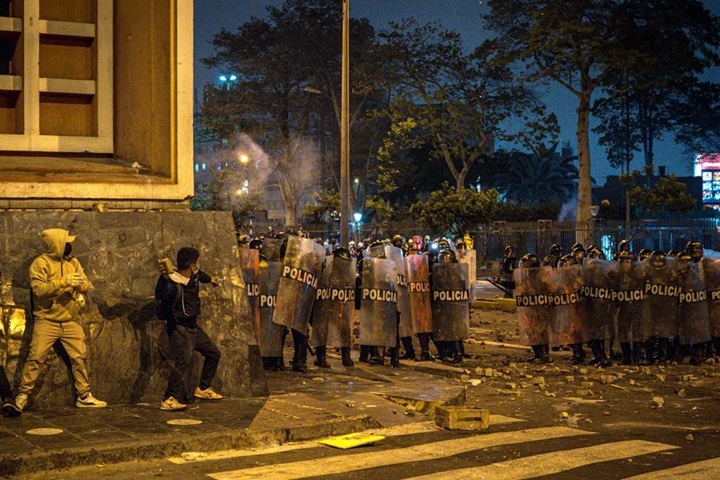
EFE/ John Reyes Mejía
Where Peru Goes From Here
Jerí’s mantra—”stability”—may be his undoing if he treats it as silence rather than legitimacy. Peru doesn’t need more force; it requires trust that power can change without violence.
The president’s first test is the Ruíz investigation. A credible, transparent inquiry—open to international observers, with public timelines and published evidence—would signal that accountability is more than a word. So far, few believe it will happen.
His second test is legislative. Civil society leaders are calling for a repeal of the six controversial laws that, they argue, embolden police impunity and weaken anti-corruption oversight. Doing so would cost him conservative allies but could buy him time with a skeptical public.
Third, Peru needs to protect those documenting its turmoil. The National Association of Journalists tallied ten reporters injured or assaulted in the recent protests. Freedom of the press isn’t a slogan—it’s the first witness when institutions go blind.
Ultimately, Peru’s police must learn the distinction between maintaining order and suppressing dissent. Every rubber bullet and every viral video widens the gulf between citizens and the state.
The demands aren’t radical: fair pensions, real jobs, safety without corruption, justice without blood. What makes them revolutionary is how long they’ve gone unanswered.
“Protesting is a right, killing is a crime,” read the cardboard signs held aloft in Lima’s plazas—a grammar lesson for a government that keeps failing civics class.
Also Read: Mexico’s Mothers Counting Graves While Leaders Count Political Wins
Jerí insists he can steady the country. But stability can’t mean silence, and democracy can’t mean obedience. Peru’s youngest citizens—armed with phones, courage, and memory—are proving that they won’t be intimidated into silence.
Their cameras are rolling. Their patience is not.

